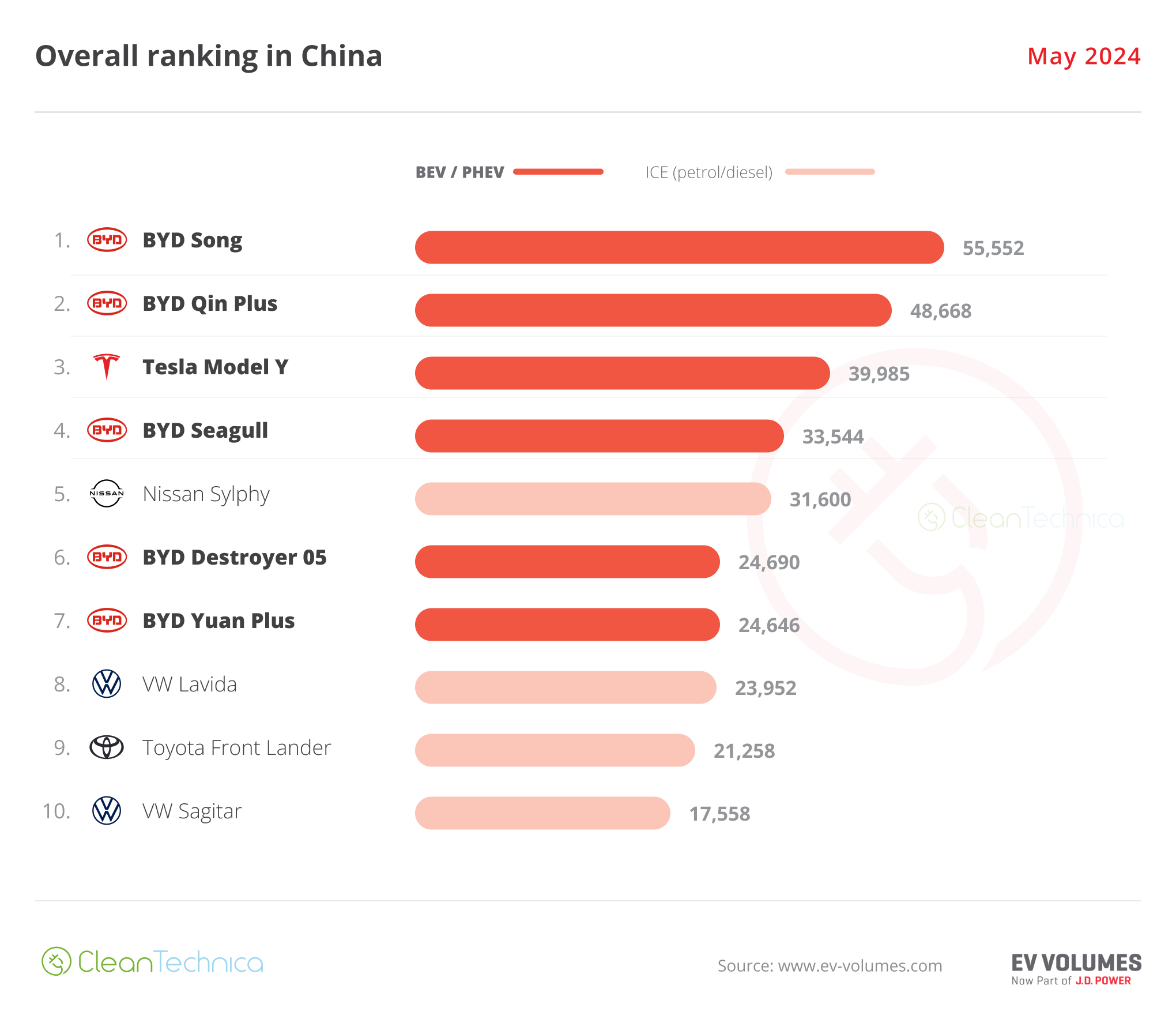Sign up for daily news updates from CleanTechnica on email. Or follow us on Google News!
A modal shift to LEVs using planned battery capacity in Europe can reduce both dependencies on critical raw materials and cut 30Mt of transport’s CO2e emissions by 2030.
A new study by EIT Urban Mobility and EIT InnoEnergy, both supported by the European Institute of Innovation and Technology (EIT), a body of the EU, found that using around 2–3% of the EU’s projected battery production capacity can cater to the more than 25 million light electric vehicles (LEVs) expected to hit European roads by 2030. This volume of LEVs is enough to reduce 30Mt of CO2e emissions, helping to close Europe’s projected 165Mt of CO2e transport emissions gap. In addition, supporting LEV battery production in Europe can significantly reduce current dependencies on imports from outside the EU as 95% of LEV batteries are currently sourced from Asia.
LEVs — including e-bikes, e-scooters, and e-mopeds — are rapidly becoming part of modern urban mobility, with approximately 10 million units sold in 2022 in Europe. As European demand for LEV batteries is projected to triple by 2030 and double again by 2040, the study found that LEVs are the ideal near-term off-takers for battery cell production. This is particularly true for cylindrical cells, which are standard for most LEV applications.
By 2030, Europe’s planned battery production capacity of 1,144–1,800 GWh will exceed the projected battery demand of 317–696 GWh from electric cars. Allocating some of this capacity to support the modal shift to LEVs, which have an estimated annual battery demand of just 36 GWh by 2030 and 71 GWh by 2040, will require10-30 times fewer critical metals than electric cars.
Furthermore, the LEV sector’s need for innovation will enable advancements and spillover effects that could benefit the entire industry. For example, any reduction in cost, improvement in performance, or disposal and reuse of batteries would create a significant market benefit for providers, especially in shared mobility where LEVs batteries are frequently used and reused. Enhanced battery technologies will improve LEV affordability and consumer acceptance, crucial for widespread adoption. Leveraging cylindrical cells support various industries beyond e-mobility — such as drones, power tools, residential battery storage, and buffered EV charging — further strengthening and diversifying the European battery value chain.
Sustainable mobility and emissions reduction
In addition to industrial benefits, supporting the LEV market is vital for sustainable mobility mix. LEVs can significantly reduce CO2 emissions, with 13% of short-distance trips (less than 8 km) made by cars and vans potentially replaced by LEVs, saving up to 30MtCO2eq. On top of this, this modal shift promotes public and shared transport, aligning with Europe’s climate goals and push for more sustainable mobility. Additionally, supporting the operational effectiveness of the battery passport for facilitating repair, reuse, and recycling of batteries, alongside implementing clearer safety standards and liability warranties for effective repairs, is crucial. Investing in battery pack design for easier disassembly and circularity will further strengthen the sustainability of LEVs in shared mobility and beyond.
Bernadette Bergsma, Director of Communications and EU Affairs at EIT Urban Mobility, emphasizes the need for immediate action: “LEVs complement public transport and play a key role in the transition to shared mobility in cities. They can accelerate road transport electrification and reduce pressure on critical resources. It is urgent to view the LEV industry and its battery value chain as a strategic asset for Europe’s sustainable urban mobility.”
Jennifer Dungs, Global Head of Mobility at EIT InnoEnergy, adds: “We have put batteries at the heart of our efforts to decarbonize road transport. We are driving the industrial development of the European Battery Alliance (EBA250),and more recently with the announcement of the new 500M€ ‘EBA Strategic Battery MaterialsFund.’ However, more needs to be done to support the uptake of alternative fast-growing mobility solutions — LEVs being a low hanging fruit with massive impacts on Europe’s net zero goals.”
The study urges Europe to integrate LEVs into its broader industrial strategy, supporting the growth of their entire value chain, including the battery. This will ensure a more comprehensive approach to the EU’s transition to sustainable mobility.
The study also recommends to drive innovation related to battery technologies and circularity. Dedicated research and funding are crucial to meet LEV-specific requirements and over come adoption barriers. Enhancing battery safety, reducing costs, and improving performance, combined with regulatory support for repair, reuse, and recycling, will ensure the continued growth of the LEV sector.
Link to the infographic of the study
About EIT Urban Mobility
EIT Urban Mobility, an initiative of the European Institute of Innovation and Technology (EIT), a body of the European Union, aims to accelerate solutions and the transition towards a user-centric, integrated and truly multimodal transport system. As the leading European innovation community for urban mobility, EIT Urban Mobility works to avoid fragmentation by facilitating collaboration between cities, industry, academia, research and innovation to solve the most pressing mobility challenges of cities. Using cities as living labs, its industry, research and university partners will demonstrate how new technologies can work to solve real problems in real cities by transporting people, goods and waste in smarter ways.
About EIT InnoEnergy
EIT InnoEnergy operates at the centre of the energy transition and is the leading innovation engine in sustainable energy. It brings the technology, business model innovation and skills required to accelerate the green deal, progress towards Europe’s decarbonisation and re-industrialisation goals, whilst also improving energy security. EIT InnoEnergy has a portfolio of more than 200 companies, which are estimated to generate €110 billion in revenue and save2.1G tonnes of CO2e accumulatively by 2030. Collectively, these companies have raised €25 billion in investment to date. EIT InnoEnergy was established in 2010 and is supported by the European Institute of Innovation and Technology (EIT), a body of the European Union. www.innoenergy.com
Press release email from EIT Urban Mobility
Have a tip for CleanTechnica? Want to advertise? Want to suggest a guest for our CleanTech Talk podcast? Contact us here.
Latest CleanTechnica.TV Videos
CleanTechnica uses affiliate links. See our policy here.
CleanTechnica’s Comment Policy





